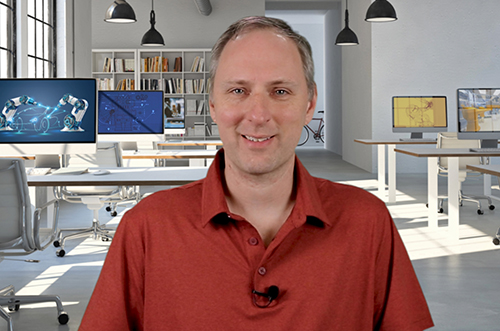The Basics of Robotics: The What, Why and How, with Examples and Take-home Problems
WQED and RobotWits are partnering to provide this educational video series that extends robotics and mathematics lessons to high school age students. The series will be available on this site, and televised on WQED-TV, as well as Pennsylvania’s other public television stations as part of Learning at Home PA. Please check the schedules at WHYY, WITF, WLVT, WPSU, WVIA and WQLN for dates and times.
RobotWits LLC is providing educators content-related support and partnering with PA Rural Robotics to assist educators in planning and customizing content to complement their school district, students, and community needs. The series will be available to all public television stations in Pennsylvania so that the programs can reach rural as well as urban audiences, where Internet access can sometimes be a challenge.
Hosted by Dr. Jonathan Butzke, each of the eight 14-minute teaching videos includes a lesson assignment. Participating teachers can use the series to collect the assignments and make The Robot Doctor part of their curriculum.
